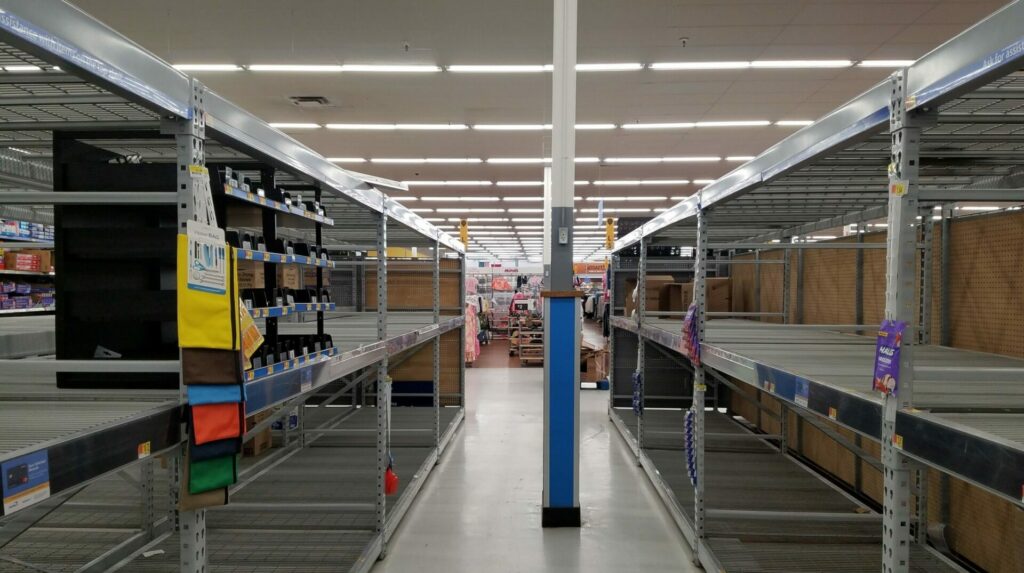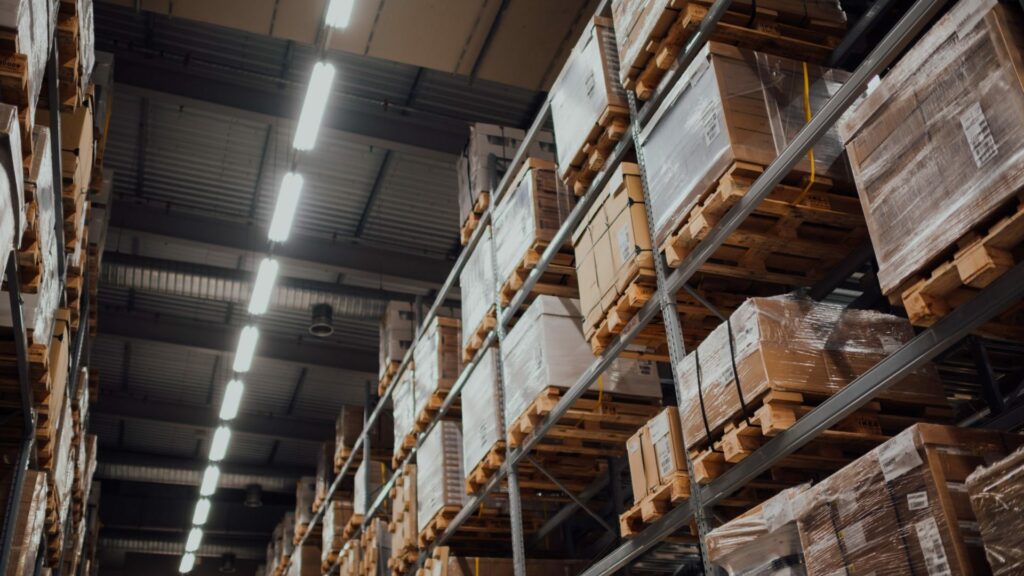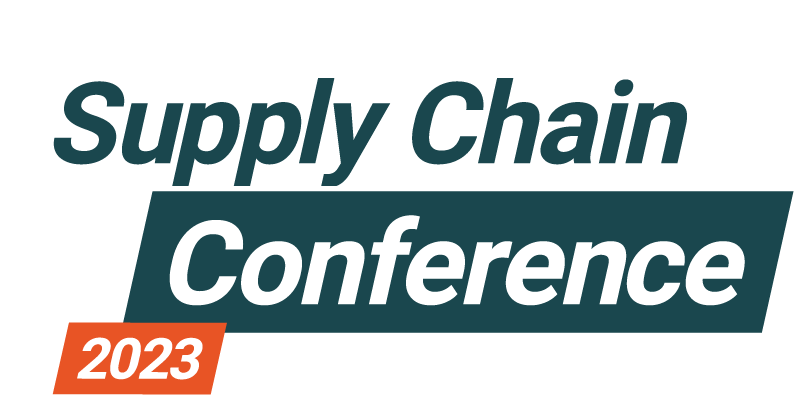A lot is happening in the world right now. Understanding these changes, how they affect our businesses, and the critical role the supply chain plays, is necessary to navigate the future and maintain competitiveness in the market. This article outlines 5 supply chain trends in 2024 by supply chain experts Anders Remnebäck and Fredrik Jersby that you shouldn’t ignore.
1. Robotics and autonomous vehicles will revolutionize last-mile delivery
There is a huge wave of technological progress underway, leading to advancements and breakthroughs. Robotics and autonomous vehicles are at the forefront of this transformation, although it has taken longer and proven to be far more challenging than anticipated.
The ultimate challenge lies in achieving fully autonomous vehicles capable of navigating entirely new urban environments without prior training or constraints in that particular area. This involves more than simply getting from point A to point B; it is about mastering complex real-world scenarios.
Similarly, integrating robotics into human environments presents its own set of challenges. But if we can create bots with human-like abilities, from ordinary tasks to understanding nuanced contexts, and combine this with fully autonomous vehicles, last-mile deliveries will be revolutionized.
Having a vehicle that efficiently travels from point A to point B is one thing. Still, the last 20 meters present a unique challenge: delivering the package, navigating to the building, ringing the doorbell, or leaving the package securely. Without solving this final leg, the efficiency of reaching point B is diminished.
It is evident that we are steadily progressing in this direction, leveraging technologies like reinforced learning, and neural networks. Once all the necessary components align, the impact on the entire supply chain will be profound.
As one of the founders of Skype pointed out, this could even make delivering something as small as a single toothbrush profitable. The question is: How long will it take to fully realize this vision?
2. AI and automated decisions will replace humans
In the past year, there has been explosive growth in reinforced learning and neural networks, opening new possibilities for supply chain planning. We foresee that this advancement will pave the way for digital supply chain planners and autonomous supply chains capable of making decisions based on sophisticated models.
We are moving towards a future where human involvement in decision-making becomes less prominent, mirroring previous transitions in technology adoption. Historically, we transitioned from manual processes to automation with the introduction of industrial robots, followed by the integration of Enterprise Resource Planning (ERP) and advanced planning tools.
As more decisions become automated, this shift may lead to a reduction in the roles of middle managers. However, humans will continue to play a pivotal role, becoming more involved in dialogue and collaboration with automated systems. Human expertise will remain essential in guiding and fine-tuning these automated processes to align with strategic objectives and evolving market dynamics.

3. Electrification will impact industries unable to transition fast enough
The transition to electrification is a critical trend that calls for urgency. The scale and complexity of shifting the world from fossil fuels to renewable energy are immense but inevitable. It won’t happen overnight; rather, it will unfold gradually, with hybrid solutions emerging before complete electrification.
And there will be winners and losers. For companies reliant on fossil fuel-driven transportation, understanding and planning for this transition is paramount. However, this requires a certain scale and capability. Companies with legacy investments in outdated technologies will struggle, while others, like Tesla, are poised to accelerate this transition through vertical integration.
In Europe, the failure of car manufacturers to adapt to electrification could have significant consequences on jobs and compliance with new regulations, such as bans on gasoline and diesel cars.
In essence, the electrification trend represents not only a technological but also a geopolitical shift with far-reaching consequences. Only companies that proactively plan and innovate will thrive in this new era of sustainable energy.
4. The transition from on-premise software to cloud will bring challenges
There has been a noticeable shift towards cloud services, with companies increasingly favoring web-based solutions over traditional on-premises setups. Initially driven by consumer-oriented needs, this trend has extended to the entire Enterprise Resource Planning (ERP).
Moving critical transactions and data to the cloud offers significant cost benefits. However, this transition may also introduce limitations on flexibility and adaptability, raising concerns about potential lock-in effects, integration costs, and data accessibility.
One pressing question is whether cloud systems will become more closed and rigid or if customers will demand greater access and interoperability. As companies navigate this transition, it is important to carefully evaluate the trade-offs and consider their long-term strategic objectives.
5. A turbulent world will demand a shift in supply chain strategy
We find ourselves in a new era marked by significant turbulence globally. From war and conflicts to climate change and new legislation. This increased unpredictability has underscored the importance of supply chain and the ability to withstand disruptions.
As a result, the interest in scenario modeling and understanding the consequences of events is rapidly growing. More companies recognize the need to invest in people who understand supply chains and systems that can help them swiftly react to events when they happen – and more importantly – proactively anticipate and mitigate risks.
To reduce risk exposure, many are moving towards more regional and local supply chains. This shift represents a departure from the previous focus solely on cost optimization. While centralizing operations can offer cost savings, there are risks associated with a single point of failure. The expenses of redundancy are now outweighed by the potential consequences of its absence.
At the same time, new sustainability legislation is reshaping supply chains, mandating not just reporting but also restructuring supply chain operations for compliance. This means companies will want to balance sustainability with cost and risk as well as service levels to make trade-offs and conclude when to use which strategy.
To navigate these changes effectively, companies must establish robust foundations for decision-making. Planning is key, and continuously exploring alternatives and scenarios and developing action plans are crucial to meet future challenges.

Do you need the help of a supply chain expert?
Understanding the ramifications of these changes and trends is paramount. Remaining stagnant is not an option; instead, embracing a forward-leaning approach is essential for adaptation and success. The goal is to create supply chains that are resilient, adaptable, and sustainable, capable of weathering the storms of an increasingly turbulent world.
At Optilon, we are experts in efficient supply chain decision-making. Our solutions help businesses design and optimize their supply chains through well-proven processes and technology. We can help you create a future-state roadmap with scenario comparisons and analyses. We can assist in articulating supply chain complexity and relevant actions, evaluate the consequences and risks, and make decision recommendations. Sounds interesting?








